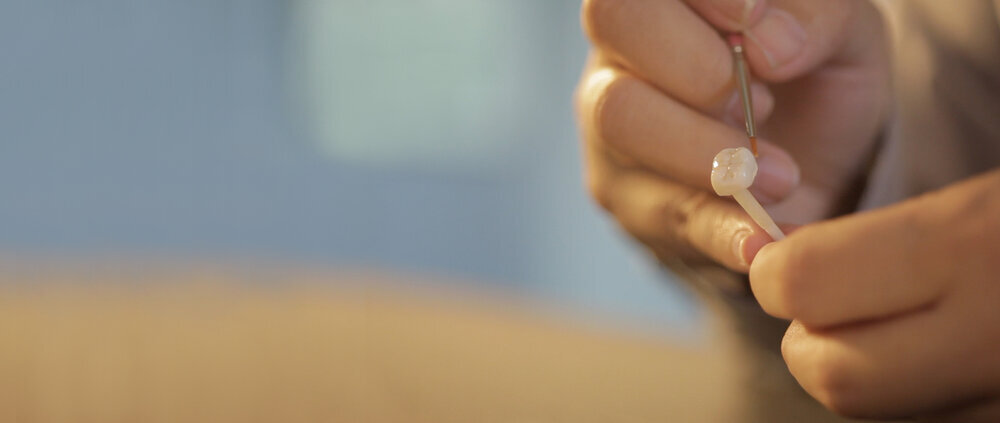
Space Maintainers
Typical Attributes
Space maintainers come in a variety of types which can be constructed differently and used in different parts of the mouth. There are four categories of space maintainers fixed, removable, unilateral, or bilateral.
Indications
Missing anterior teeth
Space preservation for posterior unerupted teeth
Fixed Unilateral Appliance
This photograph shows an example of a fixed unilateral appliance. The photograph demonstrates the appliance after cementation. This appliance is referred to as a band and loop space maintainer and is a favorite among many clinicians.
Fixed Bilateral Space Maintainer
This photograph shows an example of a fixed bilateral space maintainer. The appliance is cemented on the two second primary molars. Fixed bilateral space maintainers on the mandibular arch often are called lingual arch space maintainers. Mandibular fixed bilateral space appliances generally are preferred by clinicians over removable space maintainers. Fixed appliances are easier to maintain and they are less likely to be removed, damaged, or lost by the child.
Maxillary Removable Bilateral Space Maintenance (Nance Appliance)
The photograph shows a maxillary fixed bilateral space maintainer. This type of space maintainer also is known as a Nance Holding Arch or a Nance Appliance. Note the small acrylic button which will rest against the palatal tissue with this appliance. Some clinicians object to the button since it can create tissue irritation. Therefore, it is important that patients and parents be instructed to make sure that the patient meticulously flosses under the acrylic button. The Nance Holding Arch is used in situations where premature bilateral loss of maxillary primary teeth has occurred.
Combination Cases
Our technicians have tremendous experience in producing cases that incorporate both fixed and removable restorations. In the case pictured, client used a six unit fixed bridge in combination with a metal frame partial.




